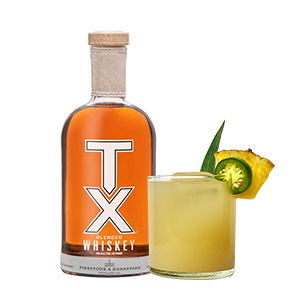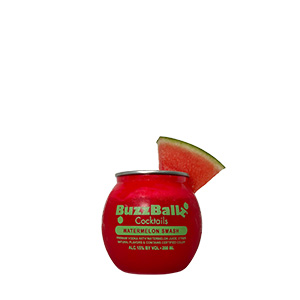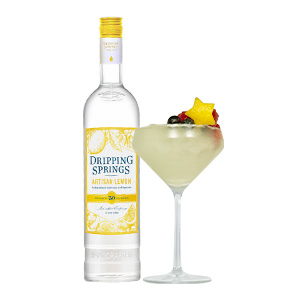
Who says you need to be a sommelier to get the best flavors out of your wine? All you need to know are a few quick tips in regard to wine temperature and aeration. Follow these simple rules, and a 6 dollar wine taste could taste like a million bucks. (Not literally of course. Money most likely tastes quite gross.)
How Temperature Matters and Why
The temperature of wine affects two major wine characteristics: aroma and taste. When it comes down to it, it’s all about tannins vs. acidity. Serve a full-bodied red too warm, and even an expensive bottle will taste inky and overbearing. Serve an affordable Rosé at the perfect temperature, and it can rival an expensive German Riesling.
For chilled wines, there are two principles you need to know
1) The cooler a wine gets, the less fragrant it is.
2) Low temperatures highlight tannin and acidity.
For reds, there are two main principles you need to know:
1) Warm temperatures release a more fragrant aroma.
2) Warm temperatures subdue tannin and acidity.
These key points, will help you to know how temperature can affect and alter the unique nuances of aroma and taste.
Serve Sparkling Wines, Champagnes and sweet whites ice cold
Sparkling wine and Champagne should be served ice cold or between 40 and 50 degrees Fahrenheit. You should also serve other sweet whites like Riesling, Moscato and Gewürztraminer at this ideal temperature. Doing so helps balance the aromas and their naturally sweet flavors. Your refrigerator is cool enough to achieve this ideal temperature. If the wine has been sitting out, it will take more than four hours to chill it thoroughly before drinking.
Serve Rosé cold
Rosé is a dynamic and refreshing wine that ranges from dry to sweet and from brilliant blush to light salmon. For a great tasting, value Rosé, we recommend Rotari Brut. It’s not a hard rule, but many enjoy the taste of Rosé when it’s served between 50 and 60 degrees Fahrenheit. In Texas, this generally means that it should be in the fridge for about an hour or so.
Light reds should be served at 55 degrees; or chilled
If you’re lucky enough to have a wine cellar, Pinot Noir and Brachetto are great if stored in there. But most of us don’t, so on a warm day it’s best to bring the bottle of wine into the fridge for no more than an hour to get the temperature down. In the meantime store it in a cool place, and keep it away from hot stoves.
Serve medium-bodied reds between 59 and 69 degrees, slightly chilled
A cool, dark place like a pantry should be fine, or you could chill it slightly in the fridge for no more than 20 minutes. Medium-bodied reds that should be served in this way include: Sangiovese, Cabernet Franc, Zinfandel, and Merlot.
Serve full-bodied, tannic reds slightly below room temperature
A full-bodied tannic red is best served slightly below room temperature, between 63 and 69 degrees. There is a long list of varietals that fall into this category including: Cabernet Sauvignon, Syrah, Petite Syrah, Malbec and Tempranillo. Be sure to hold your glass by its stem, as the wine can easily warm beyond 69 degrees if cupped too often in hand.
When to let a wine breathe
Fully decanting wine with a decanter can greatly improve its characteristics but only if it is the right type of wine. As a general note, highly tannic and full-bodied wines benefit from this the most, such as Cabernet sauvignon, Cab blends, Syrah and Syrah blends. A wine takes on average 60 minutes to aerate in a decanter. Simply leaving the bottle open isn’t usually enough to properly aerate wine. On the other hand, younger vintages often benefit from milder aeration that can be attained with the right type of wine glass, such as a Bordeaux glass.
When NOT to let a wine breathe
Be careful with older vintages not let them aerate for too long. They are fragile and can easily turn to vinegar. Also in the cases of most white wines, the need for decanting is not necessary, as they don’t have tannins. However, old white old white Rhônes and mature Alsace Rieslings can be decanted at the last minute.
When you’re looking for outstanding wine recommendations and tips, ask the knowledgeable staff at your local Spec’s.
Cheers!




